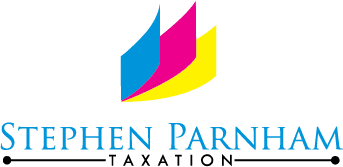The Howard family of Castle Howard in Yorkshire has donated a Joshua Reynolds portrait to the Tate Britain gallery to settle a £4.7 million inheritance tax bill, under the government’s Acceptance in Lieu scheme. The scheme allows taxpayers to pay inheritance tax by transferring important works of art and heritage objects into public ownership. The offer in lieu is made to HM Revenue & Customs and if it is accepted, the taxpayer is given the full open market value of the item. The object is then allocated to a public museum, archive or library.
This latest application of the scheme is a painting of the fifth Earl of Carlisle that has hung in Castle Howard for more than 200 years, and has been on display to visitors since the 1950s. It will remain on display in the castle for the time being under an ‘in situ’ arrangement, whereby an important object or the contents of an historic house can remain in place on condition that provision for adequate access is agreed and that security and conservation arrangements are accepted as satisfactory. In these cases, the legal ownership of the material is transferred to the gallery or museum and the owner of the house then enters into a loan agreement with the institution so that the objects can remain in their historic location. However, the Reynolds portrait will, in future, be shown elsewhere around the country, including Tate Britain.
In January 2015 the same family won a long-running court battle with HM Revenue & Customs over capital gains tax levied on another of their Reynolds heirlooms, a portrait called Omai. Simon Howard sold the painting for £9.4 million at a Sotheby’s auction in 2001. After his death HM Revenue & Customs attempted to charge capital gains tax on the disposal, but his executors’ claim that it counted as depreciating plant and machinery was ultimately upheld in the Supreme Court.


